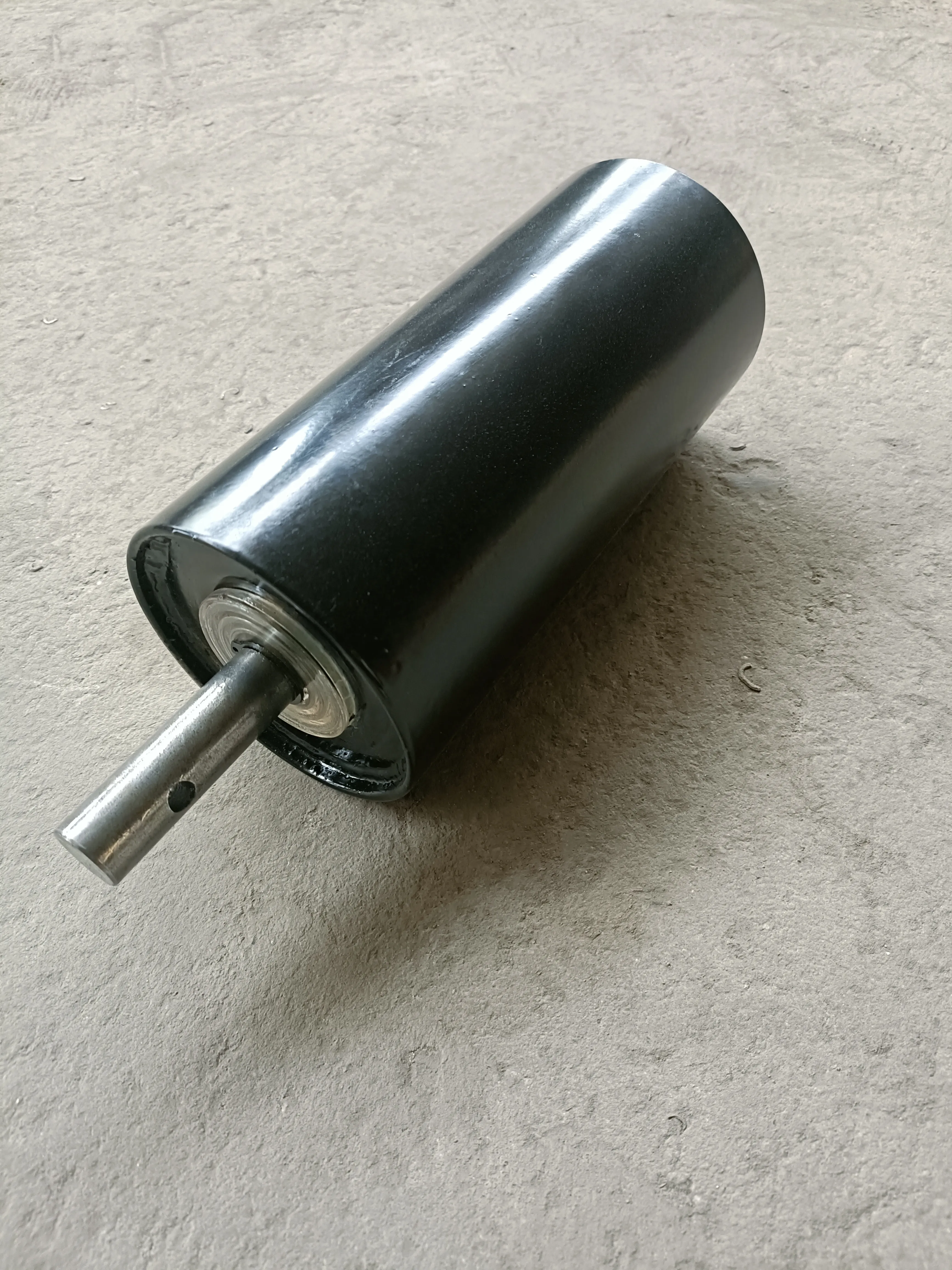 Afrikaans
Afrikaans  Albanian
Albanian  Amharic
Amharic  Arabic
Arabic  Armenian
Armenian  Azerbaijani
Azerbaijani  Basque
Basque  Belarusian
Belarusian  Bengali
Bengali  Bosnian
Bosnian  Bulgarian
Bulgarian  Catalan
Catalan  Cebuano
Cebuano  Corsican
Corsican  Croatian
Croatian  Czech
Czech  Danish
Danish  Dutch
Dutch  English
English  Esperanto
Esperanto  Estonian
Estonian  Finnish
Finnish  French
French  Frisian
Frisian  Galician
Galician  Georgian
Georgian  German
German  Greek
Greek  Gujarati
Gujarati  Haitian Creole
Haitian Creole  hausa
hausa  hawaiian
hawaiian  Hebrew
Hebrew  Hindi
Hindi  Miao
Miao  Hungarian
Hungarian  Icelandic
Icelandic  igbo
igbo  Indonesian
Indonesian  irish
irish  Italian
Italian  Japanese
Japanese  Javanese
Javanese  Kannada
Kannada  kazakh
kazakh  Khmer
Khmer  Rwandese
Rwandese  Korean
Korean  Kurdish
Kurdish  Kyrgyz
Kyrgyz  Lao
Lao  Latin
Latin  Latvian
Latvian  Lithuanian
Lithuanian  Luxembourgish
Luxembourgish  Macedonian
Macedonian  Malgashi
Malgashi  Malay
Malay  Malayalam
Malayalam  Maltese
Maltese  Maori
Maori  Marathi
Marathi  Mongolian
Mongolian  Myanmar
Myanmar  Nepali
Nepali  Norwegian
Norwegian  Norwegian
Norwegian  Occitan
Occitan  Pashto
Pashto  Persian
Persian  Polish
Polish  Portuguese
Portuguese  Punjabi
Punjabi  Romanian
Romanian  Russian
Russian  Samoan
Samoan  Scottish Gaelic
Scottish Gaelic  Serbian
Serbian  Sesotho
Sesotho  Shona
Shona  Sindhi
Sindhi  Sinhala
Sinhala  Slovak
Slovak  Slovenian
Slovenian  Somali
Somali  Spanish
Spanish  Sundanese
Sundanese  Swahili
Swahili  Swedish
Swedish  Tagalog
Tagalog  Tajik
Tajik  Tamil
Tamil  Tatar
Tatar  Telugu
Telugu  Thai
Thai  Turkish
Turkish  Turkmen
Turkmen  Ukrainian
Ukrainian  Urdu
Urdu  Uighur
Uighur  Uzbek
Uzbek  Vietnamese
Vietnamese  Welsh
Welsh  Bantu
Bantu  Yiddish
Yiddish  Yoruba
Yoruba  Zulu
Zulu ceramic lagging conveyor pulley
Ceramic Lagging for Conveyor Pulleys Enhancing Performance and Durability
In the realm of bulk material handling, conveyor systems play a vital role in various industries, including mining, manufacturing, and logistics. A critical component of these systems is the conveyor pulley, which facilitates the efficient transport of materials. To optimize the performance of these pulleys, ceramic lagging has emerged as a revolutionary solution. This article explores the benefits, applications, and implementation techniques of ceramic lagging on conveyor pulleys.
Understanding Ceramic Lagging
Ceramic lagging involves the application of ceramic tiles or coatings to the surface of conveyor pulleys. This innovative technology is designed to enhance the performance and longevity of the pulleys by offering improved traction, reduced wear, and enhanced resistance to environmental conditions.
Benefits of Ceramic Lagging
1. Enhanced Traction One of the primary advantages of ceramic lagging is its ability to significantly increase the traction between the conveyor belt and the pulley. The textured surface of the ceramic lagging provides a greater grip, which leads to reduced belt slip and improved overall efficiency. This is particularly beneficial in applications involving heavy loads or steep inclines.
2. Superior Wear Resistance Conveyor pulleys are often subject to harsh conditions, including abrasive materials and varying weather elements. Ceramic lagging is highly resistant to wear, significantly extending the lifespan of the pulley. This durability reduces the need for frequent replacements and repairs, resulting in lower maintenance costs over time.
3. Temperature and Chemical Resistance Ceramic materials can withstand extreme temperatures and are resistant to various chemicals, making ceramic lagging suitable for use in challenging environments. This ensures that the pulleys maintain their performance even under adverse conditions, such as those found in the mining industry or in chemical processing plants.
4. Reduced Noise Levels The application of ceramic lagging can also aid in reducing noise associated with conveyor operations. The cushioning effect of the ceramic tiles dampens the vibrations and sound produced during material handling, leading to a quieter working environment.
ceramic lagging conveyor pulley

5. Easy Installation and Maintenance Ceramic lagging can be applied to existing pulleys without the need for extensive modifications. Its installation process is straightforward, and the maintenance required is minimal. This makes it a practical option for companies seeking to improve their conveyor systems without significant downtime.
Applications of Ceramic Lagging
Ceramic lagging is suitable for a wide range of applications across various industries. Some common uses include
- Mining Operations In mines, where conveyor systems transport heavy and abrasive materials, ceramic lagging provides the necessary durability and traction to efficiently handle large loads.
- Cement and Aggregates The construction sector also benefits from ceramic lagging on conveyor pulleys, as it can withstand the rigors of transporting cement and aggregate materials, which are often coarse and abrasive.
- Food Processing For food manufacturers that require clean and hygienic operations, ceramic lagging offers a non-porous surface that can be cleaned easily, reducing contamination risks.
- Recycling Plants In recycling facilities, where a variety of materials are handled, ceramic lagging can protect pulleys from the aggressive nature of recyclable waste streams.
Conclusion
The implementation of ceramic lagging on conveyor pulleys presents an opportunity for industries to enhance the performance and durability of their material handling systems. With increased traction, superior wear resistance, and adaptability to harsh environmental conditions, ceramic lagging proves to be an invaluable addition to conveyor technology. As industries continue to evolve and face new challenges, the adoption of innovative solutions like ceramic lagging will be paramount in ensuring efficient and reliable operations. By investing in quality ceramic lagging, businesses can reduce maintenance costs, improve safety, and ultimately enhance productivity, standing at the forefront of modern conveyor systems.
-
Revolutionizing Conveyor Reliability with Advanced Rubber Lagging PulleysNewsJul.22,2025
-
Powering Precision and Durability with Expert Manufacturers of Conveyor ComponentsNewsJul.22,2025
-
Optimizing Conveyor Systems with Advanced Conveyor AccessoriesNewsJul.22,2025
-
Maximize Conveyor Efficiency with Quality Conveyor Idler PulleysNewsJul.22,2025
-
Future-Proof Your Conveyor System with High-Performance Polyurethane RollerNewsJul.22,2025
-
Driving Efficiency Forward with Quality Idlers and RollersNewsJul.22,2025





























